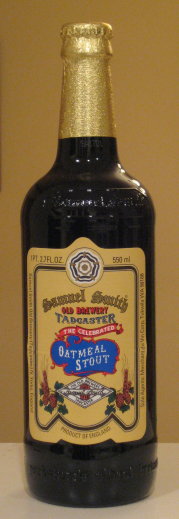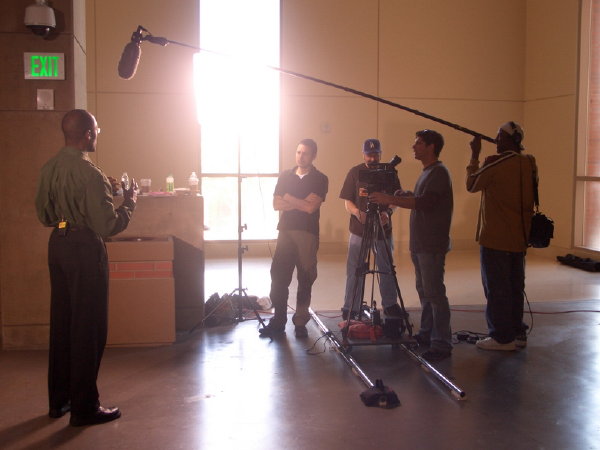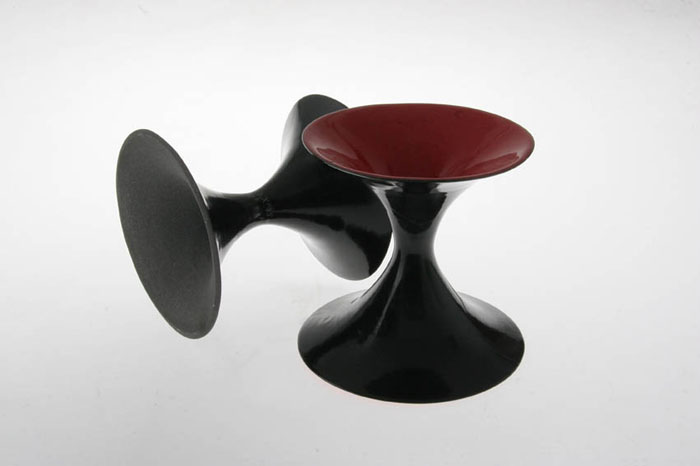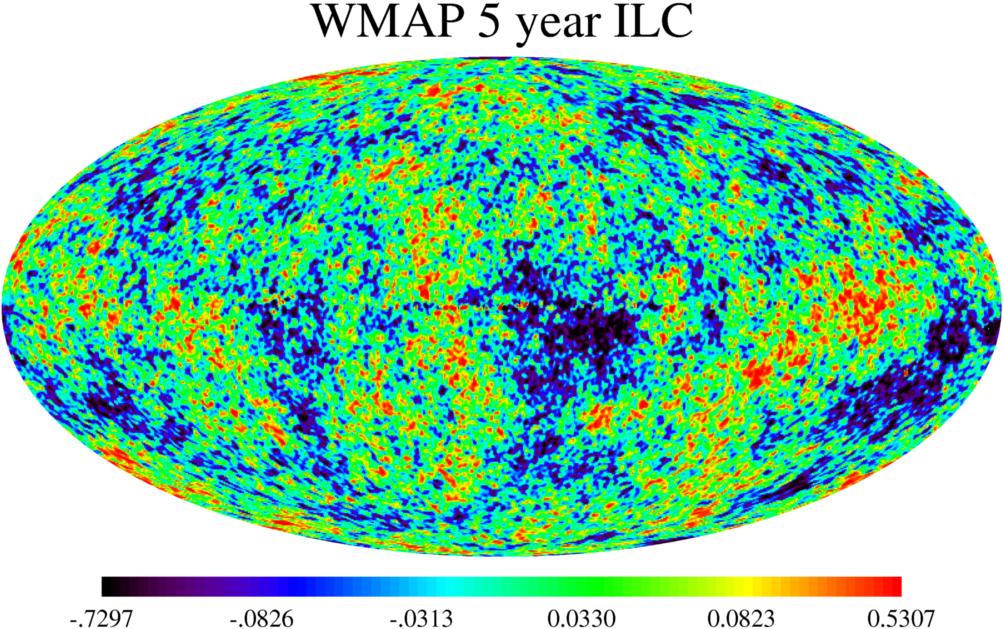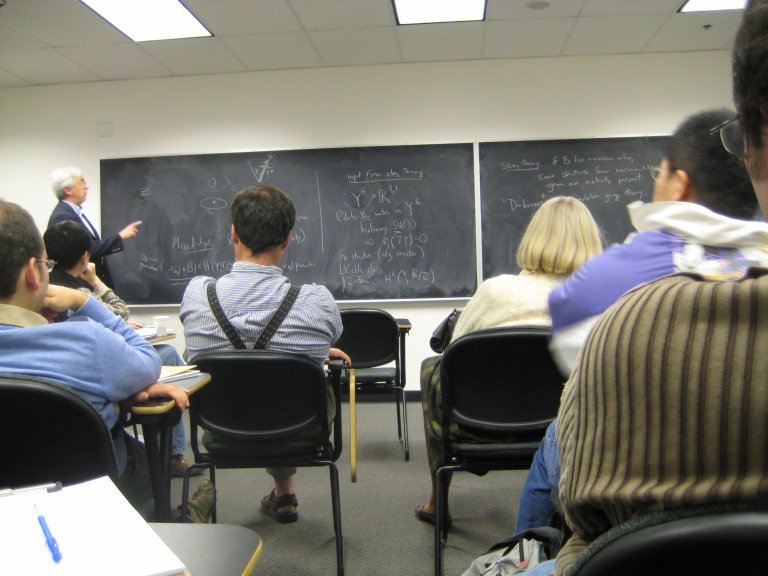While most of the episodes of the History Channel’s The Universe series are firmly about scientific knowledge of the universe that has been tested and verified (from planetary science, to solar physics, to stellar evolution, and various topics in cosmology, and so forth), they also like to treat topics that have a higher component of more speculative material. This is of course fine, as long as it is made clear what is speculation, and what is established. Recall that I took part in a really fun episode called Cosmic Holes, which talked about white holes and wormholes -entirely speculative objects – right alongside the physics of black holes, objects that we know are physically realized in our universe. (See here, here, and here.) I think that Laura Verklan, the writer/director, did a really excellent job of separating out the speculative from the established. Similar things can be said for the episode Cosmic Apocalypse, done by writer/director Savas Georgalis (see here), which focused on scenarios about how the universe might end, given what we have already established about how it was in early times and how it is now.
I’m hoping that the upcoming (tonight!) episode entitled Parallel Universes will also be a nice and clear piece of work discussing the speculative ideas concerning the possibility of parallel universes – what the ideas are, why it is a fun idea, what it […] Click to continue reading this post →
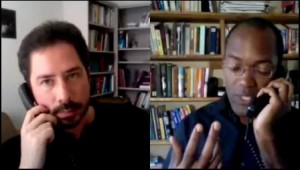 On Friday I was involved in an interesting conversation in an unusual format. It was a chat with cosmologist Anthony Aguirre at UCSD, and it was all about research in aspects of cosmology and of string theory, touching on issues such as the nature of quantum […] Click to continue reading this post
On Friday I was involved in an interesting conversation in an unusual format. It was a chat with cosmologist Anthony Aguirre at UCSD, and it was all about research in aspects of cosmology and of string theory, touching on issues such as the nature of quantum […] Click to continue reading this post 


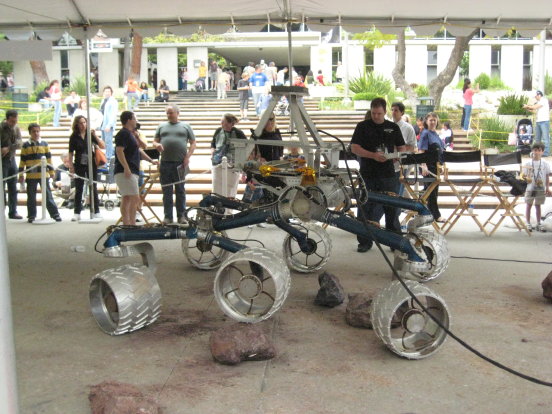
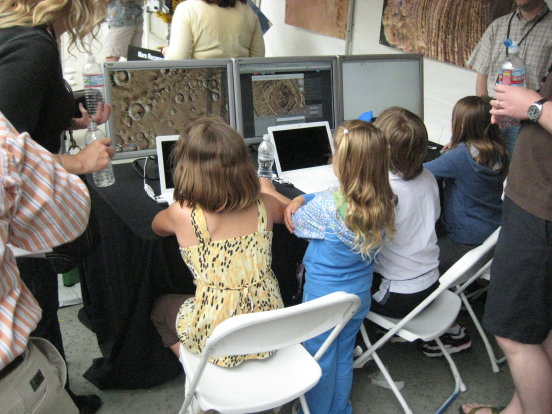

 Good news everyone! GLAST has been
Good news everyone! GLAST has been  Hey, guess who was at Griffith Observatory recently? Brian May! He’s that astrophysicist who took some time off to play (excellent) guitar and compose songs in the band called Queen. Ring any bells? (I found the nice photo
Hey, guess who was at Griffith Observatory recently? Brian May! He’s that astrophysicist who took some time off to play (excellent) guitar and compose songs in the band called Queen. Ring any bells? (I found the nice photo 